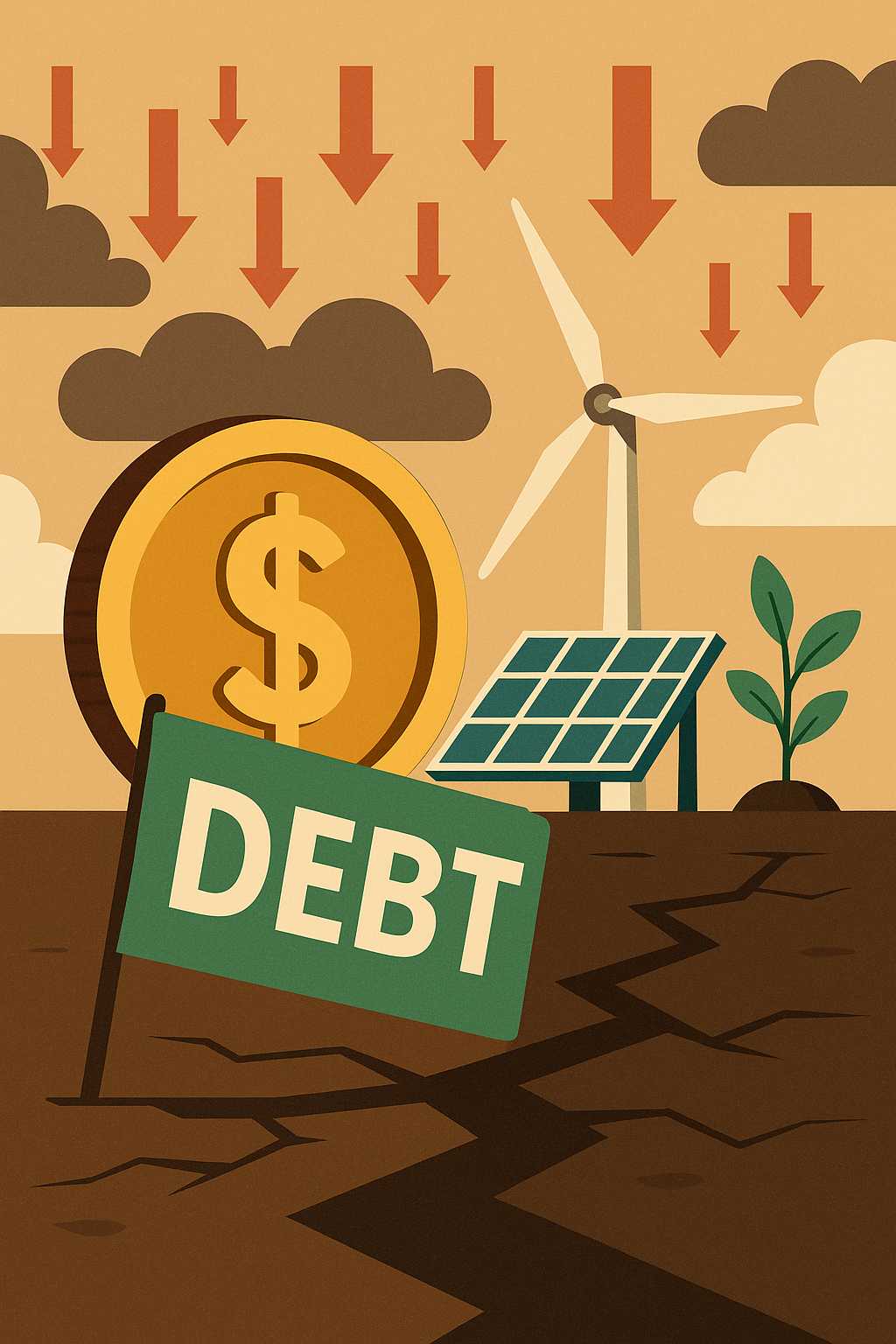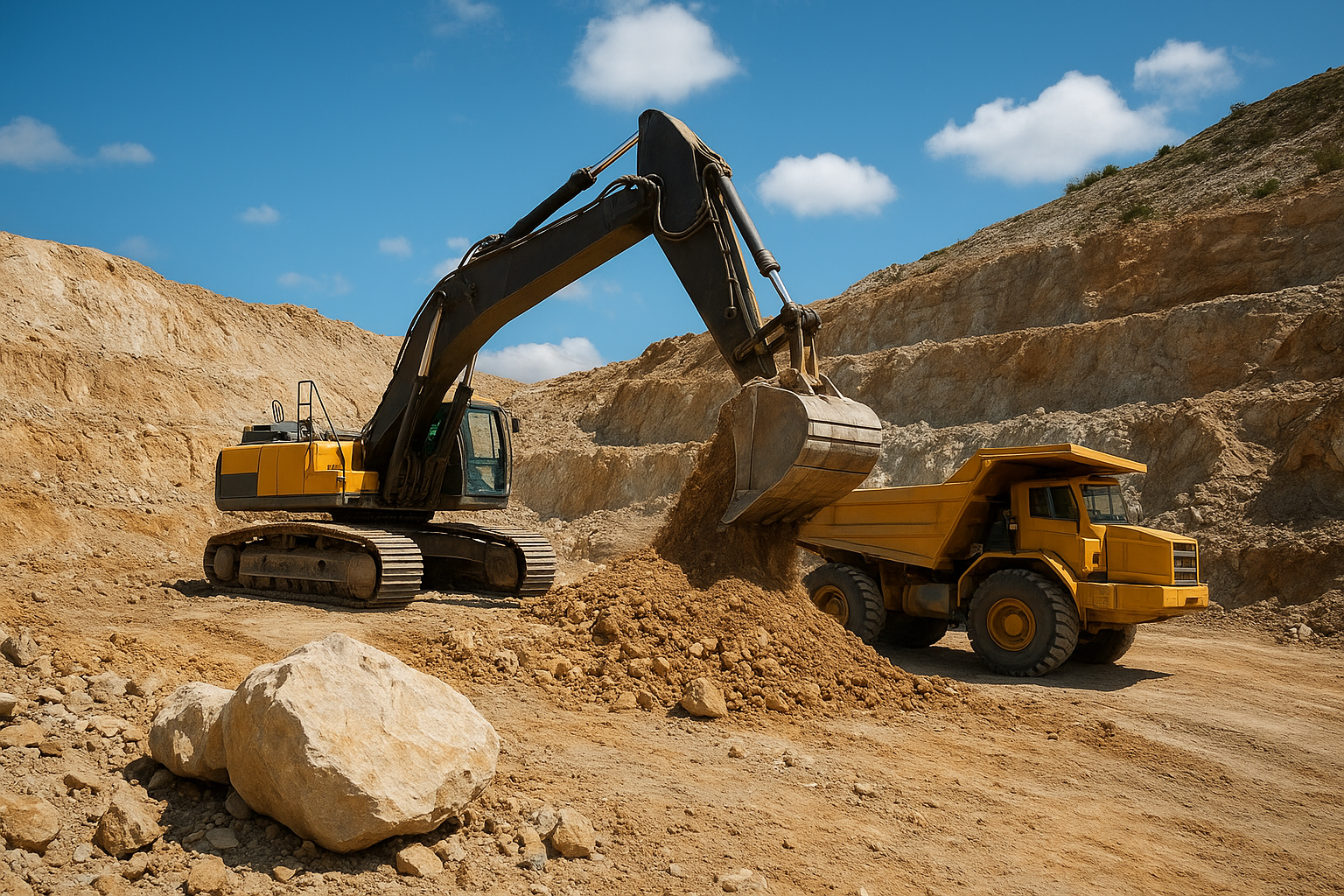As investor attention pivots from hype-driven capital plays to resilient, revenue-generating ventures, a major shift is underway in one of the most closely watched corners of the innovation economy: climate tech. New data released this week reveals that global investment in climate-focused technology companies fell by 19% year-over-year in the first half of 2025—yet beneath the headline dip lies a story of strategic evolution. A record share of these funds are now coming from non-dilutive capital, signaling a maturing landscape that’s quietly reshaping how investors engage with the sector.
In an investment environment still defined by tighter liquidity and post-AI correction recalibrations, climate tech’s transformation is a key signal that smart capital is flowing toward more stable, operationally sound growth stories.
Non-Dilutive Capital Surges as Venture Tightens
According to a new report highlighted by Investopedia, traditional equity fundraising for climate tech startups declined sharply in H1 2025, largely due to investor caution after a turbulent 2024. However, non-dilutive funding—including debt, project finance, and government-backed instruments—surged to a record high, now accounting for more than 55% of all funding in the space.
This uptick in debt-led financing points to a broader trend: investors are backing companies with stronger fundamentals, recurring revenues, and proven business models. Gone are the days when pre-revenue moonshots in clean tech would attract speculative venture capital with little due diligence. Instead, project-level financing and infrastructure-ready models—especially in sectors like energy storage, carbon capture, and industrial decarbonization—are attracting capital with an eye on both returns and risk management.
“We’re seeing more mature, asset-backed models—especially around grid-scale batteries and carbon utilization—that are bankable,” said Clara Voss, Managing Director at CleanEdge Capital. “This shift toward debt shows these technologies are graduating from R&D phases into deployment readiness.”
Why This Matters for Investors
The cooling of equity investments doesn’t imply fading interest in climate tech. On the contrary—it reflects a new, more disciplined chapter. Startups are no longer funded based on futuristic ambitions alone. Investors want operational visibility, and many companies in the climate space now have it.
Take long-duration energy storage as an example. Technologies like vanadium flow batteries, thermal storage systems, and iron-air solutions are entering commercial-scale pilots backed by municipal utilities and private credit deals. These deals offer structured returns while aligning with global decarbonization mandates.
Similarly, carbon capture and direct air capture (DAC)—once seen as speculative science projects—are now landing multi-year offtake agreements and government guarantees, unlocking low-cost debt and creating investable pathways for institutions.
Even green hydrogen, while facing cost headwinds, is attracting blended finance through export credit agencies in Europe and Asia. All signs point toward a thematic reshuffling: from speculative early-stage ventures to real-asset infrastructure investments.
Future Trends to Watch
- Blended Finance Acceleration
Expect growth in public-private partnerships, where government grants derisk early infrastructure and enable private capital to step in. Instruments like green bonds and performance-linked loans will become more central. - Decarbonization-as-a-Service Models
Companies offering modular, scalable emissions reduction as a service—whether in cooling, energy efficiency, or electrification—are gaining traction. These models align well with debt capital due to predictable cash flows. - Emergence of Climate Tech SPVs
Instead of equity-heavy operating models, expect more project SPVs (special purpose vehicles) built to house climate infrastructure projects—mirroring the evolution seen in solar and wind financing over the last decade.
Key Investment Insight
Debt-backed climate tech represents a lower-risk gateway into the broader clean energy transition. For investors wary of volatile growth names or untested hardware ventures, these mature subsectors offer real assets, long-term contracts, and favorable policy tailwinds.
Consider looking into diversified funds focused on climate infrastructure, municipal green bonds, or public equities exposed to asset-backed climate solutions—such as NextEra Energy (NEE) or Brookfield Renewable Partners (BEP).
For private market exposure, look at firms specializing in climate project finance, especially in sectors tied to grid resilience, water management, and carbon reduction.
In a world increasingly defined by environmental imperatives and capital discipline, climate tech’s funding evolution sends a clear signal: the sector is growing up. And for investors willing to adjust their lens—from equity moonshots to structured capital plays—the opportunities are both durable and accelerating.
Stay informed with the latest market-shaping insights, only at MoneyNews.Today—your trusted source for global investor intelligence.





